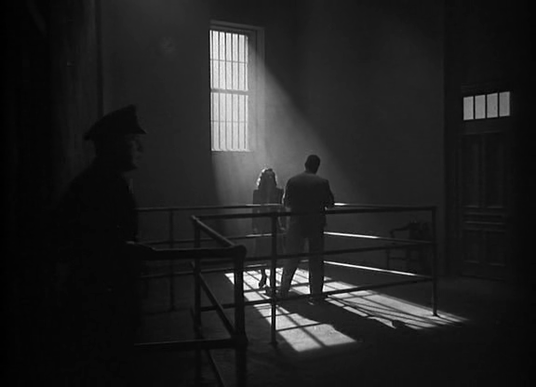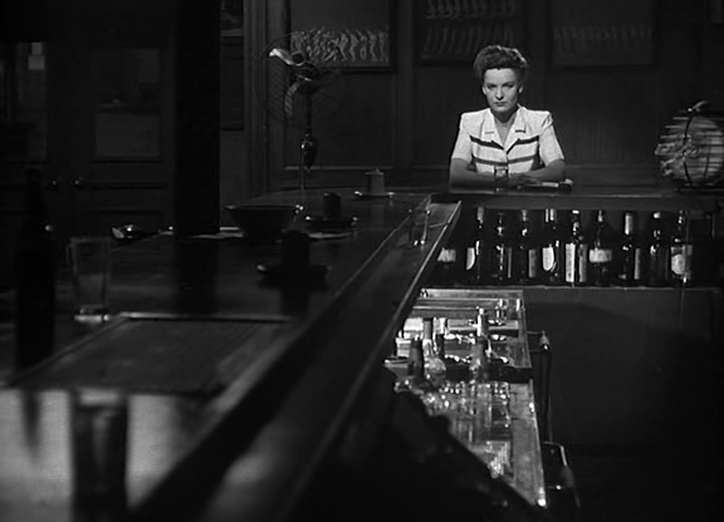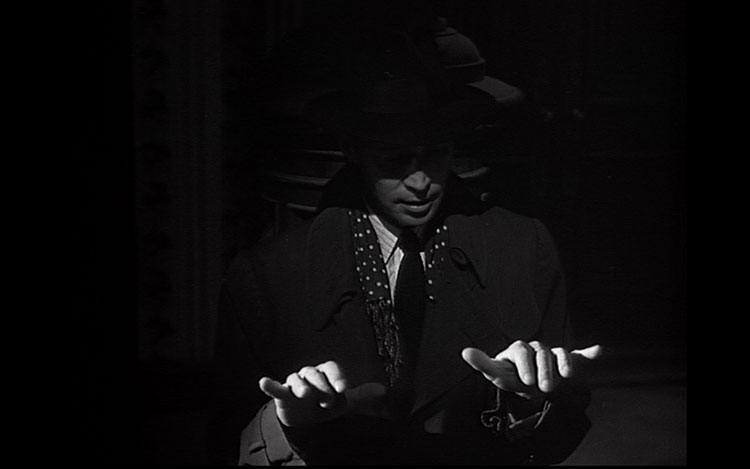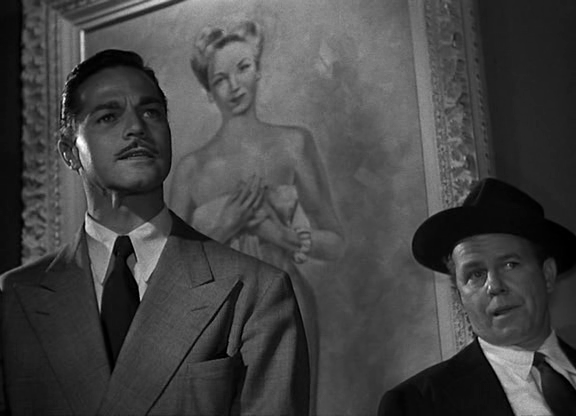 Coming to the realization that his marriage is past saving, Scott Henderson heads to a midtown Manhattan bar one evening, intent on drowning his sorrows in booze. He strikes up a conversation with a woman, who herself seems to be in a similarly depressed mindset, eventually persuading her to join him at the theater, taking advantage of two tickets he has. The woman is persuaded due to Scott granting her one stipulation, that they never exchange names, just appreciate each others company. After the show Scott returns to his home alone only to find three detectives in his apartment. Scott's wife has been strangled and as the Inspector's investigate, no one, not the bartender or cabbie collaborate with Scott's alibi, never admitting to remember Scott being with a woman that night. With Scott unable to prove he was elsewhere during his wife's murder, he is convicted and sentenced to death. His assistant, Carol Richman, who is secretly in love with Soctt believes there is no way he is capable of murder, setting out to prove his innocence by any means necessary. Richard Siodmak's Phantom Lady is an extremely well-crafted film noir that sets itself apart due to strong female protagonist. Carol is an adnormality in the film noir genre, a strong-willed woman who takes on the detective type role, hunting down these witnesses in the bartender, chorus drummer, and stage performer who all mysteriously don't recall a woman accompanying Scott Henderson that night. One of my favorite sequences of the film revovles around Carol tracking down the bartender, with Siodmak shooting the sequence in almost sinster way, giving Carol an aurora of power as she stalks the bartender looking for answers. Phantom Lady is a solid narrative but what sets the film apart is Siomak's style, using extreme angles, close-ups, and expressionist lighting to create a memorably noirish thriller.
0 Comments
Leave a Reply. |
AuthorLove of all things cinema brought me here. Archives
June 2023
|



 RSS Feed
RSS Feed
